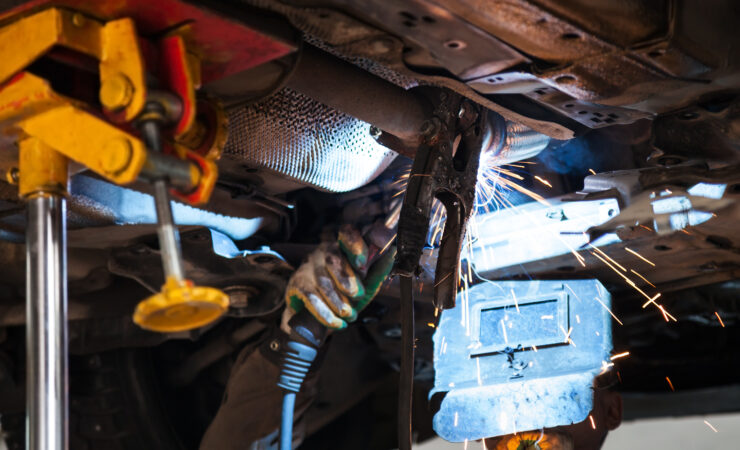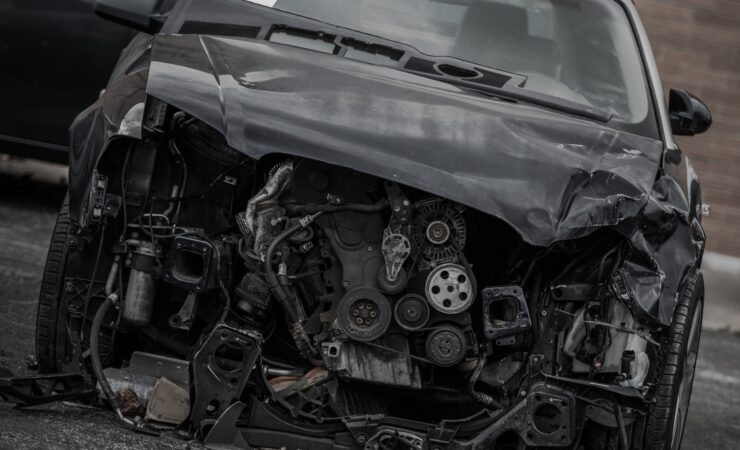When you think of essential car parts, belts and hoses might not be the first things that come to mind. But these often-overlooked components play a crucial role in keeping your engine running smoothly and preventing costly breakdowns. If you’re a car owner, understanding the importance of belts and hoses can save you time, money, and hassle down the road.
What Are Belts & Hoses?
Belts and hoses are flexible rubber or reinforced materials that connect various components of your engine and other systems. They perform a variety of functions, including:
- Powering Accessories: Belts drive essential accessories like the alternator (which charges your battery), power steering pump, air conditioning compressor, and water pump.
- Transferring Fluids: Hoses carry vital fluids like coolant (to regulate engine temperature), power steering fluid, and air conditioning refrigerant.
- Maintaining Engine Timing: The timing belt (or chain) is a critical component that synchronizes the movement of engine valves and pistons.
Signs of Belt & Hose Trouble
Belts and hoses can wear out over time due to heat, friction, and exposure to fluids. Watch for these warning signs:
- Squealing or Chirping Noises: A loose or worn belt can create a high-pitched squeal, especially when starting the engine or accelerating.
- Visible Cracks or Wear: Inspect your belts and hoses for cracks, fraying, or glazing (a shiny surface).
- Fluid Leaks: Check for leaks around hoses and connections. Leaking fluids can indicate a damaged hose or loose clamp.
- Overheating Engine: A failed water pump or coolant hose can lead to engine overheating, which can cause severe damage.
- Loss of Power Steering or Air Conditioning: A broken power steering belt or air conditioning hose can cause these systems to malfunction.
Preventative Maintenance is Key
The best way to avoid belt and hose failures is through regular inspection and maintenance. Here’s what you can do:
- Visual Inspection: Check your belts and hoses for signs of wear at least once a month.
- Regular Replacement: Most belts and hoses should be replaced every 60,000 to 100,000 miles, or as recommended by your car manufacturer.
- Professional Inspection: Have your belts and hoses inspected by a qualified mechanic during routine maintenance.
Total Auto Care: Your Belt & Hose Experts
At Total Auto Care, we understand the importance of keeping your belts and hoses in top condition. Our experienced technicians can inspect, diagnose, and repair any belt or hose issues, using high-quality replacement parts and adhering to manufacturer recommendations. We’ll help you keep your engine running cool, your accessories powered, and your car on the road.
Don’t wait for a belt or hose failure to leave you stranded. Schedule an appointment with Total Auto Care today for a comprehensive belt and hose inspection. We’ll ensure that these unsung heroes are ready to keep your car running smoothly for miles to come.




